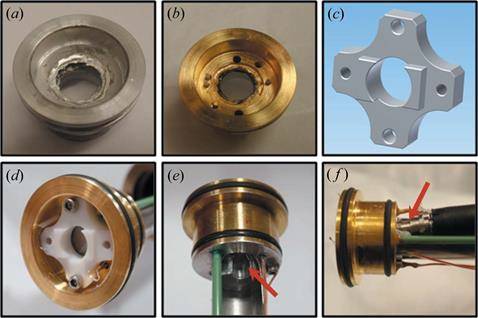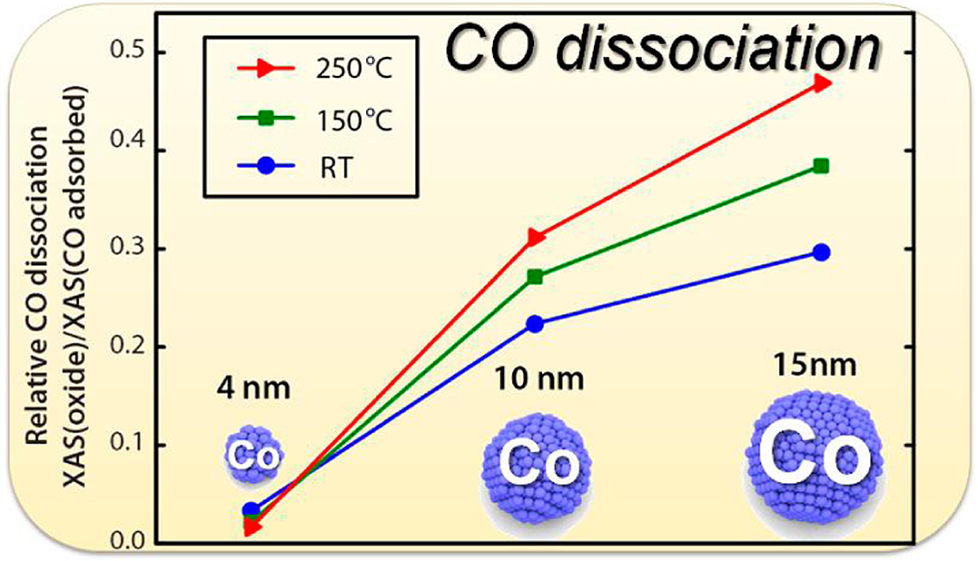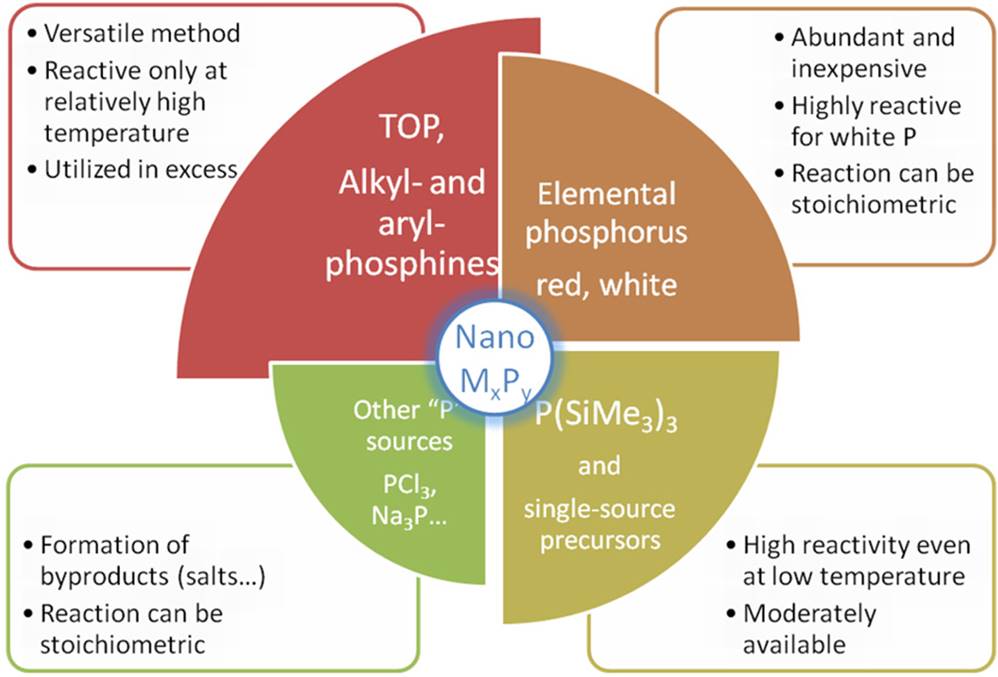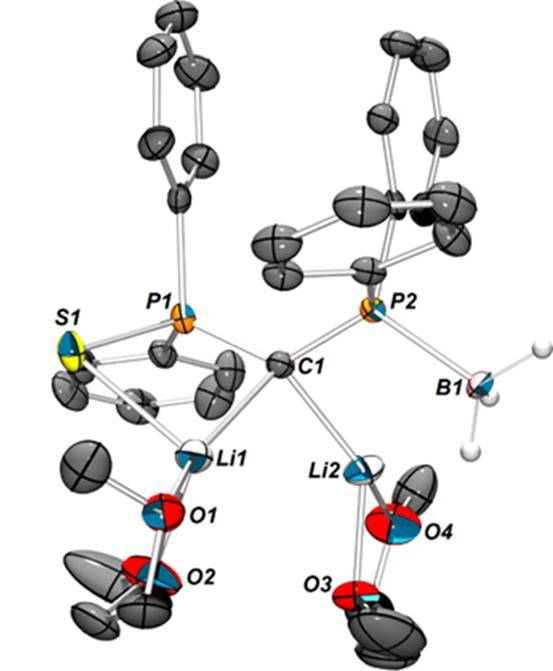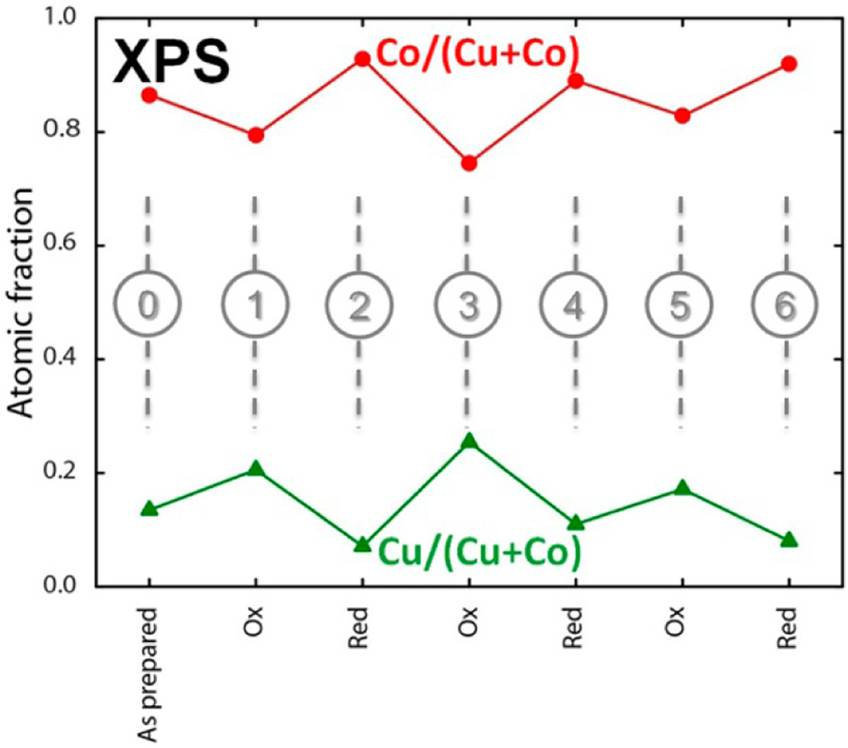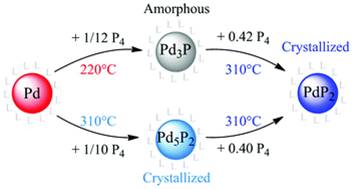Publications
| 2025 (2) | |||
| 2024 (7) | 2023 (5) | 2022 (3) | 2021 (5) |
| 2020 (3) | 2019 (12) | 2018 (5) | 2017 (3) |
| 2016 (4) | 2015 (2) | 2014 (4) | 2013 (7) |
| 2012 (7) | 2011 (1) | 2010 (2) | 2008 (1) |
2013 | Articles and Reviews
A reaction cell with sample laser heating for in situ soft X-ray absorption spectroscopy studies under environmental conditions
|
C. Escudero, P. Jiang, E. Pach, F. Borondics, M. W. West, A. Tuxen, M. Chintapalli, S. Carenco, J. Guo, M. Salmeron, J. Synchrotron Radiat. 2013, 20, 504. |
Size-Dependent Dissociation of Carbon Monoxide on Cobalt Nanoparticles
|
A. Tuxen, S. Carenco, M. Chintapalli, C.-H. Chuang, C. Escudero, E. Pach, P. Jiang, F. Borondics, B. Beberwyck, A. P. Alivisatos, G. Thornton, W.-F. Pong, J. Guo, R. Perez, F. Besenbacher, M. Salmeron, J. Am. Chem. Soc. 2013, 135, 2273. |
Nanoscaled Metal Borides and Phosphides: Recent Developments and Perspectives
|
S. Carenco, D. Portehault, C. Boissière, N. Mézailles, C. Sanchez, Chem. Rev. 2013, 113, 7981 |
Synthesis of Phosphorus(V)-Stabilized Geminal Dianions. The Cases of Mixed P═X/P→BH3 (X = S, O) and P═S/SiMe3 Derivatives
|
H. Heuclin, M. Fustier-Boutignon, S. Y.-F. Ho, X.-F. Le Goff, S. Carenco, C. So, N. Mézailles, X.-F. Le Goff, S. Carenco, C. So, N. Mézailles, Organometallics 2013, 32, 498. |
Towards nanoscaled gold phosphides: surface passivation and growth of composite nanostructures
|
S. Carenco, I. Florea, O. Ersen, C. Boissière, N. Mézailles, C. Sanchez, New J. Chem. 2013, 37, 1231. |
Dealloying of Cobalt from CuCo Nanoparticles under Syngas Exposure
|
S. Carenco, A. Tuxen, M. Chintapalli, E. Pach, C. Escudero, T. D. Ewers, P. Jiang, F. Borondics, G. Thornton, A. P. Alivisatos, H. Bluhm, J. Guo, M. Salmeron, J. Phys. Chem. C 2013, 117, 6259. |
Structural transitions at the nanoscale: the example of palladium phosphides synthesized from white phosphorus
|
S. Carenco, Y. Hu, I. Florea, O. Ersen, C. Boissière, C. Sanchez, N. Mézailles, Dalt. Trans. 2013, 42, 12667. |
